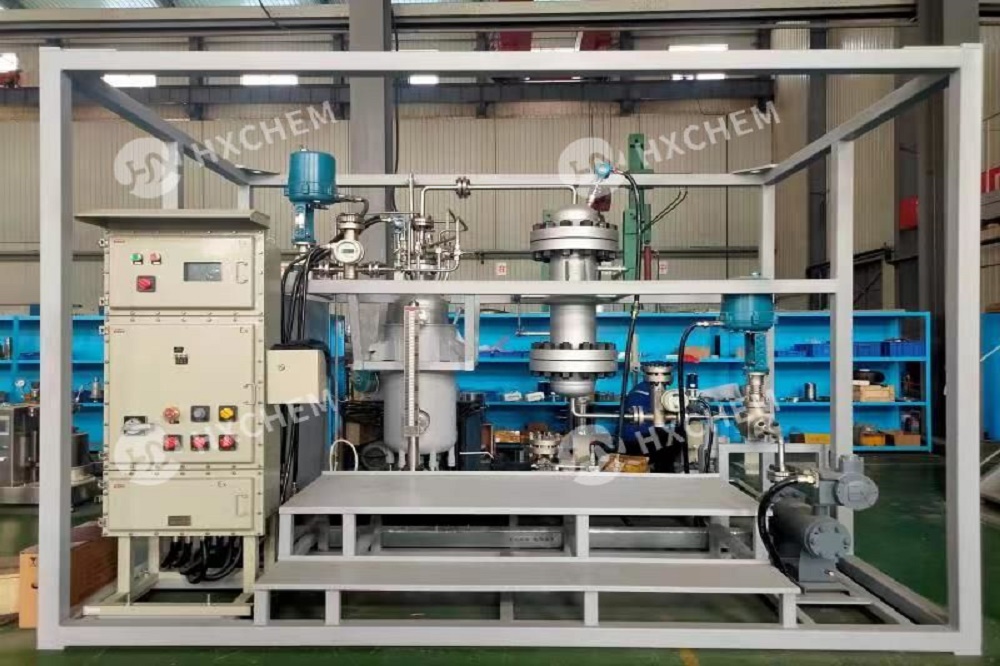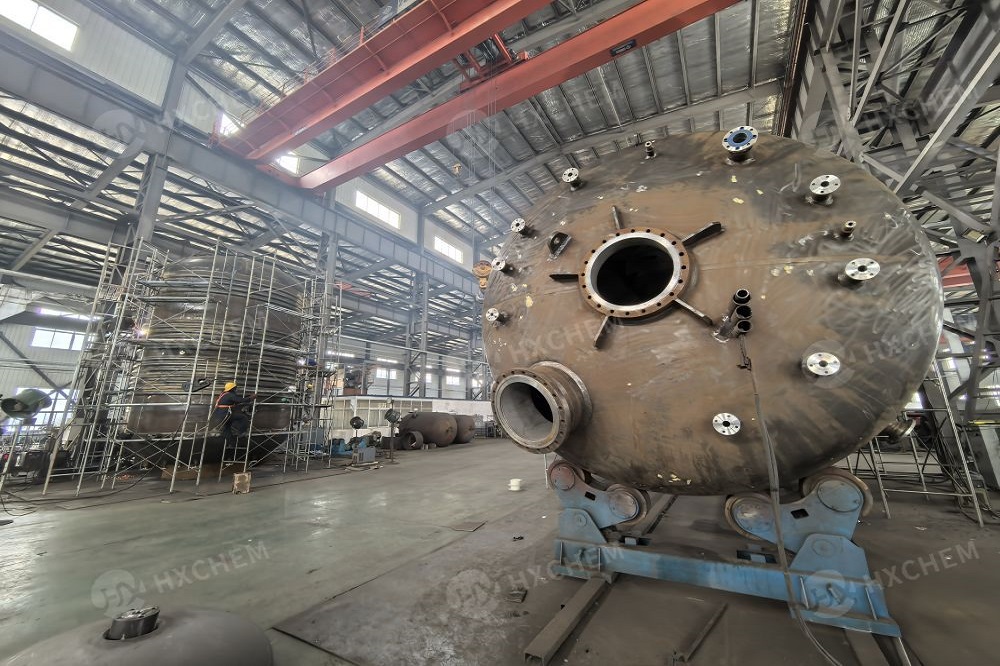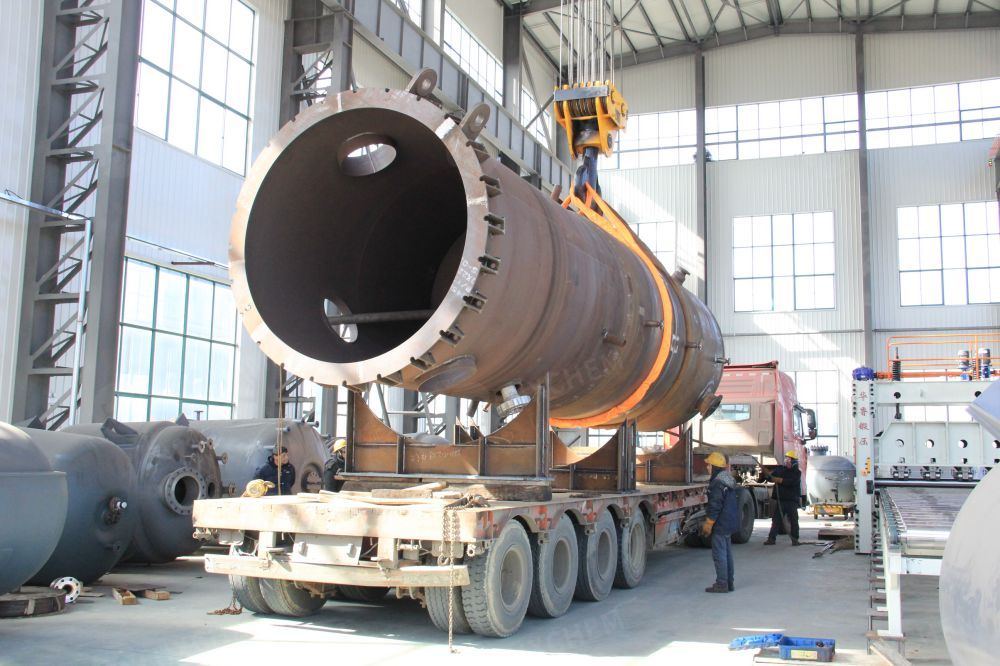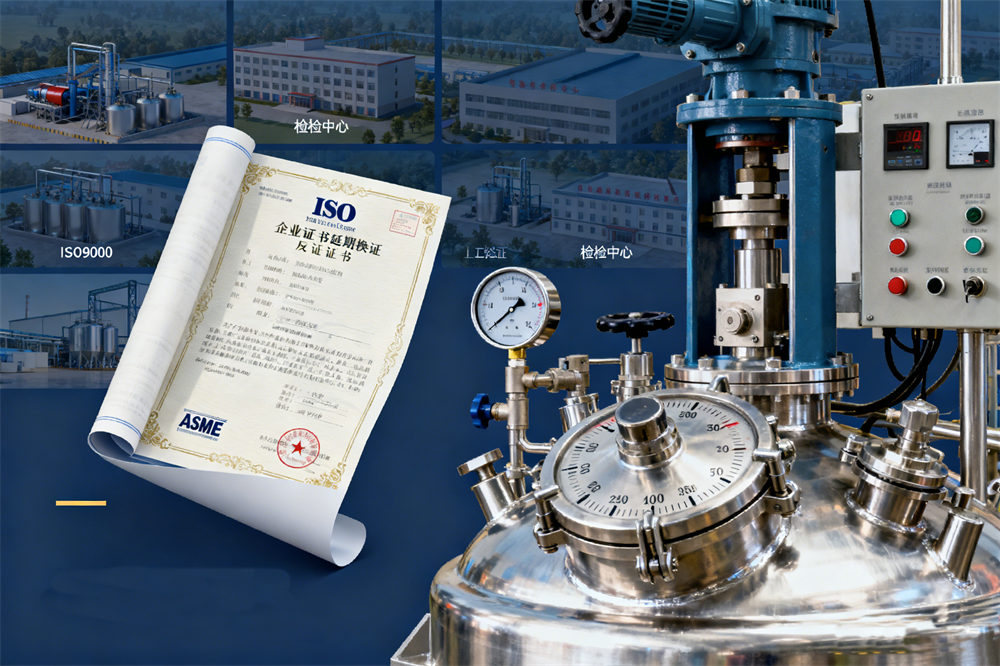Technical White Paper: Ensuring Quality & Safety in Reaction Vessels
2025-06-18
Technical White Paper: Ensuring Quality & Safety in Reaction Vessels
Executive Summary
Reaction vessels (reactors/kettles) are critical for chemical, pharmaceutical, and process industries. This white paper outlines essential quality control (QC) measures during manufacturing and key operational guidelines to ensure safety, longevity, and compliance with international standards (ASME, CE, EAC, PED, GB/T).
I. Quality Control: Manufacturing Excellence
1. Material Selection & Verification
Traceability: Full material certification (MTCs per EN 10204 3.1/3.2) for all plates, forgings, and fittings (e.g., SA-240 316L, Hastelloy C-276).
Compatibility Testing: Corrosion resistance validation per ASTM G48/G150 for specific client processes.
Surface Finish: Ra ≤ 0.4 µm for sanitary applications (e.g., biopharma), verified via profilometer.
2. Precision Fabrication & Welding
Weld Procedure Qualification (WPQR): ASME Section IX-compliant procedures.
Weld Integrity: 100% radiographic testing (RT) / phased array ultrasonic testing (PAUT) on critical joints; liquid penetrant testing (PT) on all welds.
Dimensional Accuracy: Laser alignment checks (±0.5 mm tolerance on flange face perpendicularity).
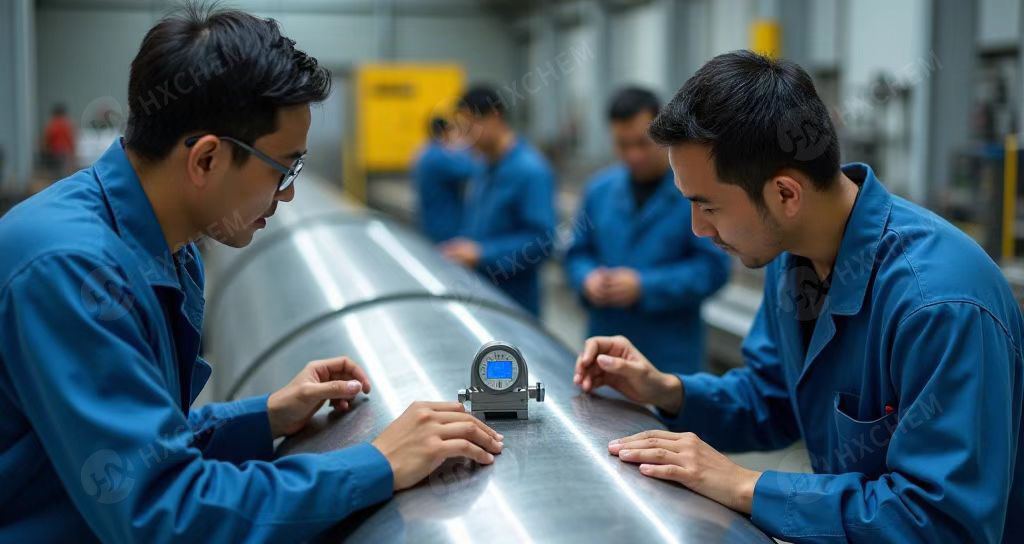
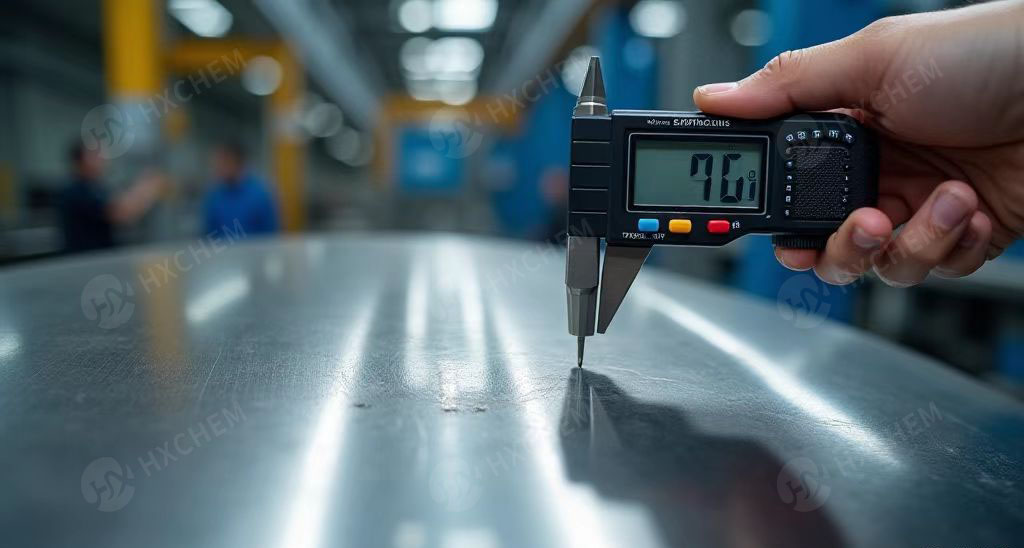
3. Pressure Integrity & Leak Testing
Hydrostatic Test: 1.3x MAWP (Maximum Allowable Working Pressure) per ASME Sec VIII Div 1.
Pneumatic Test (if applicable): 1.1x MAWP with bubble leak detection.
Helium Leak Testing: For high-vacuum or toxic service reactors (< 1x10⁻⁹ mbar·L/s).
4. Agitation System QC
Dynamic Balance Testing: ISO 1940 G2.5 balance on shafts >1,500 RPM.
Seal Validation: Dry-run tests for mechanical seals; pressure cycling for static seals.

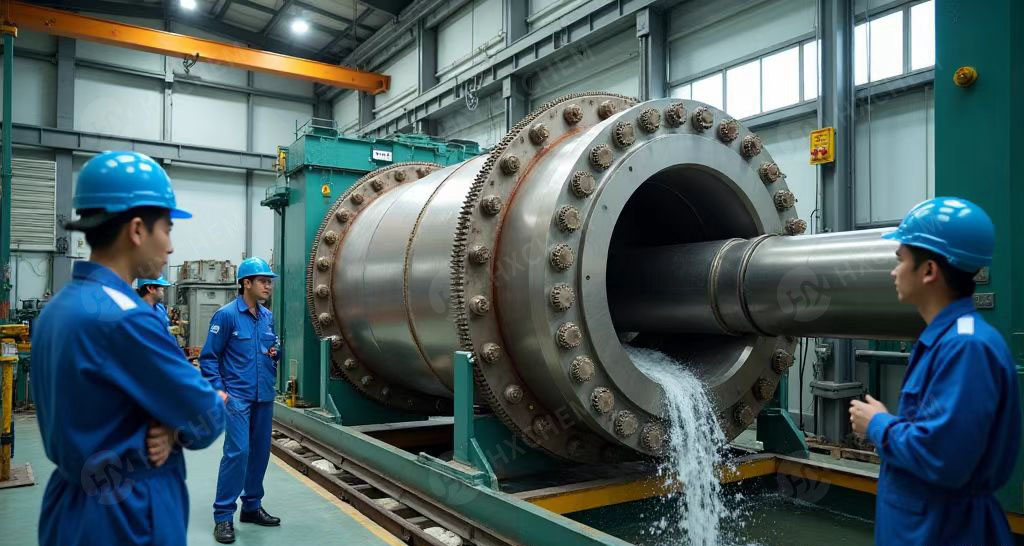
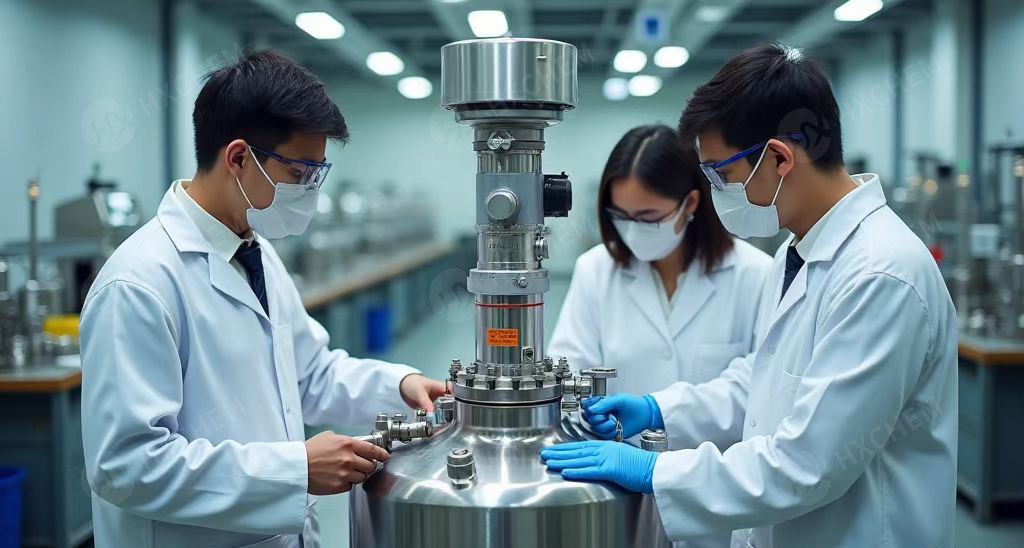
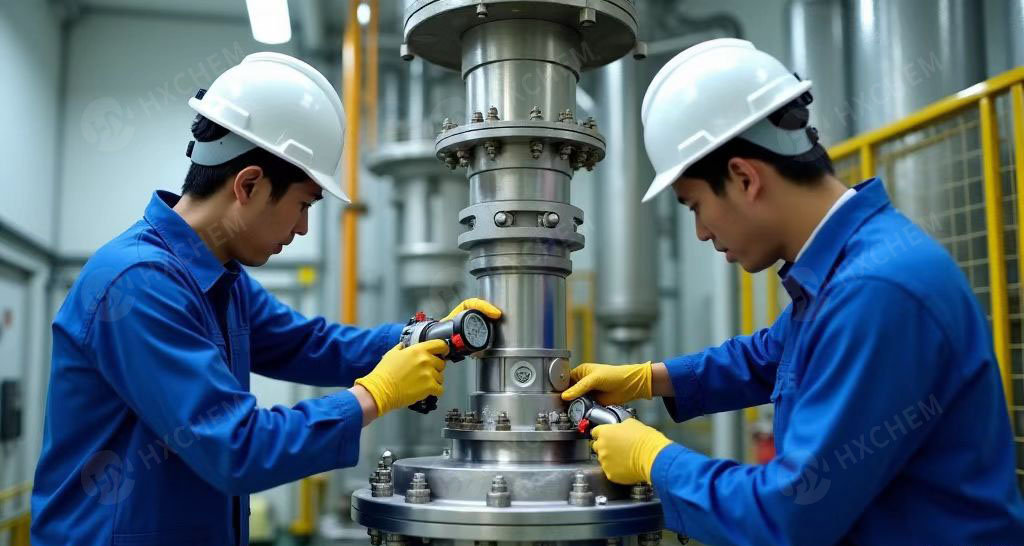
5. Surface Treatment & Coating
Passivation: ASTM A967 nitric or citric acid passivation for stainless steel.
Lining Inspection: Spark testing (≥ 5kV) for glass-lined reactors; DFT checks for PTFE coatings.
6. Documentation & Compliance
Data Dossier: ASME U1/U2 forms, PED Annex III declarations, risk assessments (HAZOP).
Certifications: ISO 9001:2015 manufacturing compliance; ATEX/PED directives for explosive atmospheres.
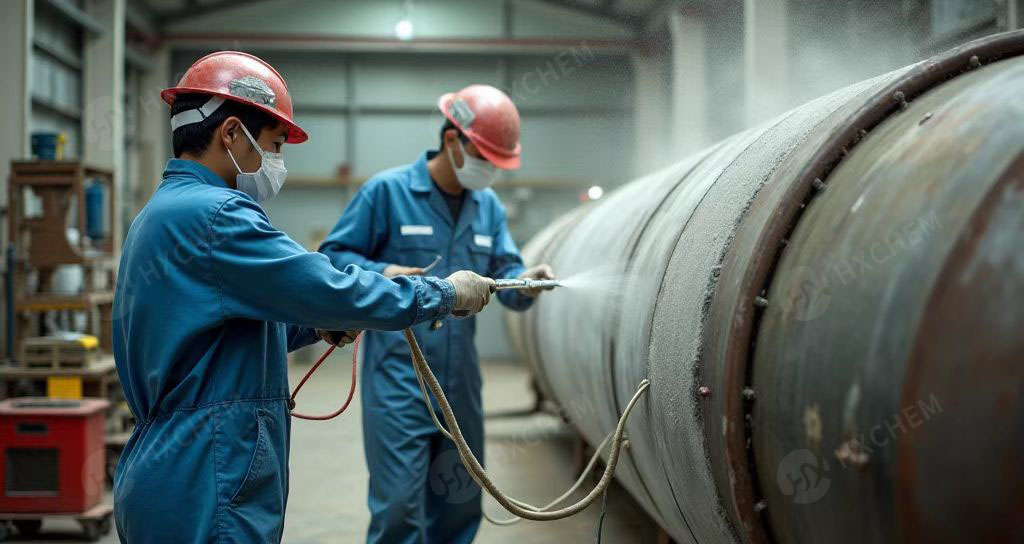
II. Operational Best Practices & Safety
1. Pre-Commissioning Checks
Cleanliness: Verify absence of debris via borescope inspection; conduct solvent rinse.
Calibration: Validate pressure gauges, temperature sensors (RTDs), and level probes.
Lubrication: Confirm proper lubricant fill in gearboxes/seals per OEM specs.
2. Safe Operating Procedures
Pressure/Temperature Limits: Never exceed MAWP/MDMT (Minimum Design Metal Temperature).
Chemical Compatibility: Validate all materials against process media using compatibility charts.
Startup/Shutdown Sequences: Gradual heating/cooling (<50°C/hr) to avoid thermal shock.
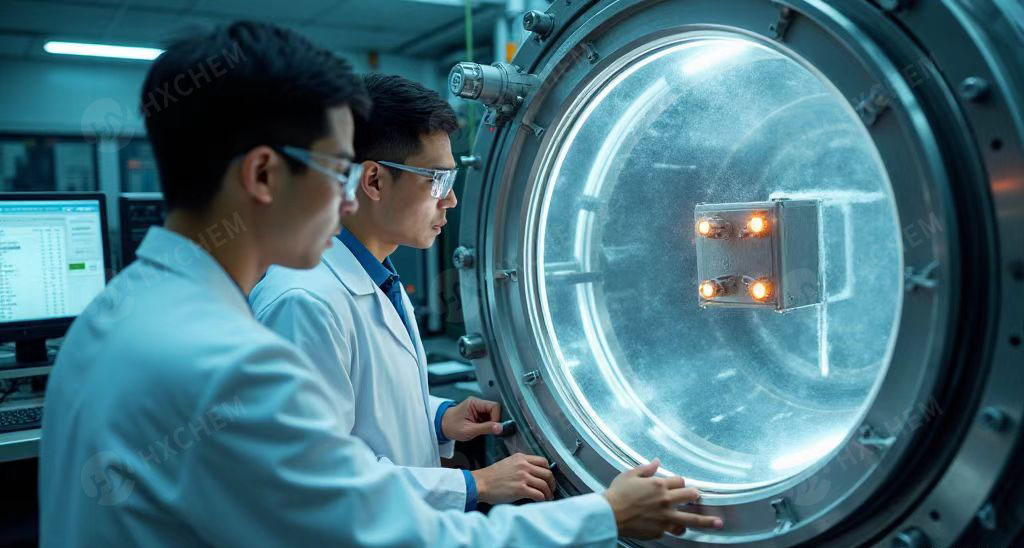
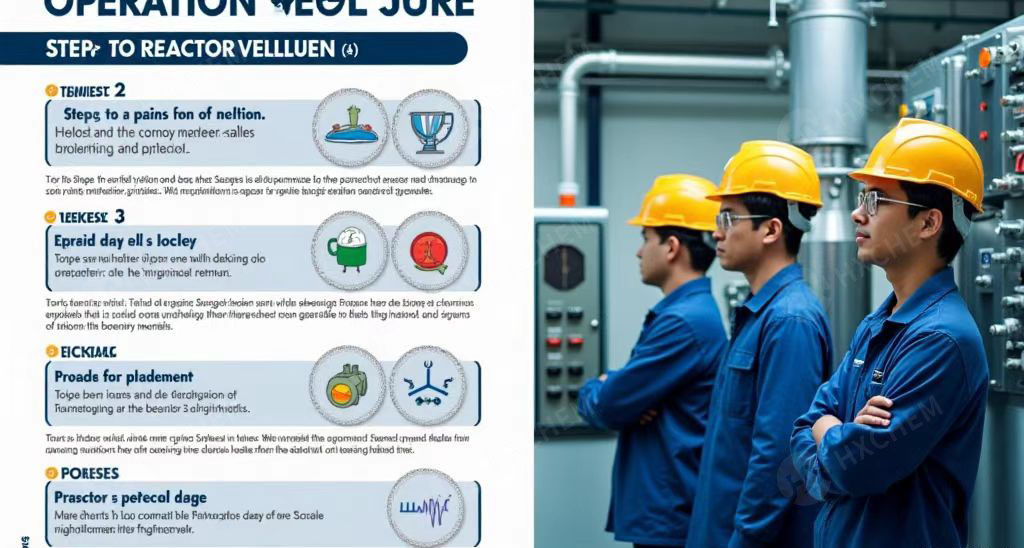
3. Agitation System Management
Load Restrictions: Avoid starting agitator under high viscosity (>50,000 cP) without torque verification.
Seal Flushing: Maintain seal support systems per design pressure/flow rates.
4. Maintenance & Inspection
Routine Checks: Monthly vibration analysis on agitator drives; quarterly seal inspections.
Non-Destructive Testing (NDT): Annual ultrasonic thickness (UT) mapping for corrosion monitoring.
Relining: For glass-lined reactors, inspect for crazing/chips pre- and post-cycle (per ASTM C537).
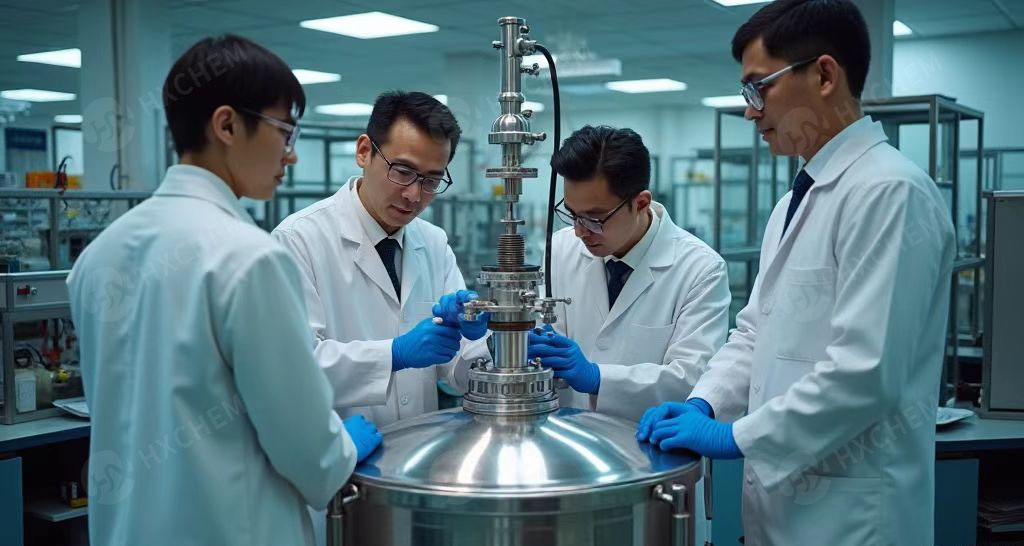

5. Safety Systems Validation
Pressure Relief Devices: Test rupture discs/relief valves annually per API 576.
Emergency Stops: Function test quarterly; verify fail-safe brake engagement on agitators.
Ventilation: Confirm LEV (Local Exhaust Ventilation) flow rates for volatile reactions.
6. Personnel Training
HAZCOM Training: SDS review for all chemicals; PPE requirements (chemical suits, face shields).
Scenario Drills: Emergency response training for leaks, fires, or runaway reactions.
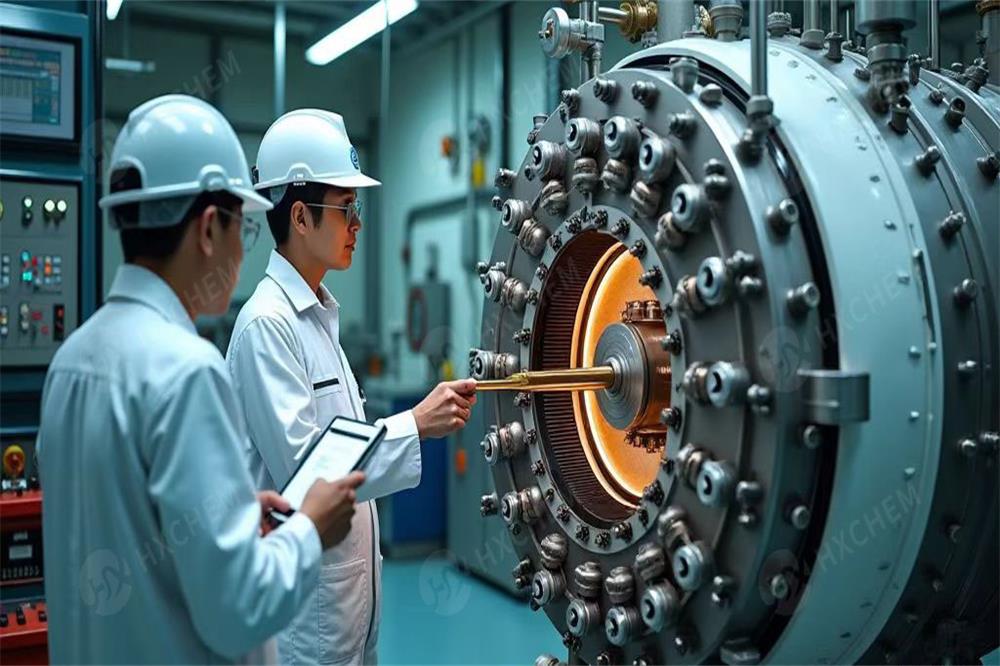
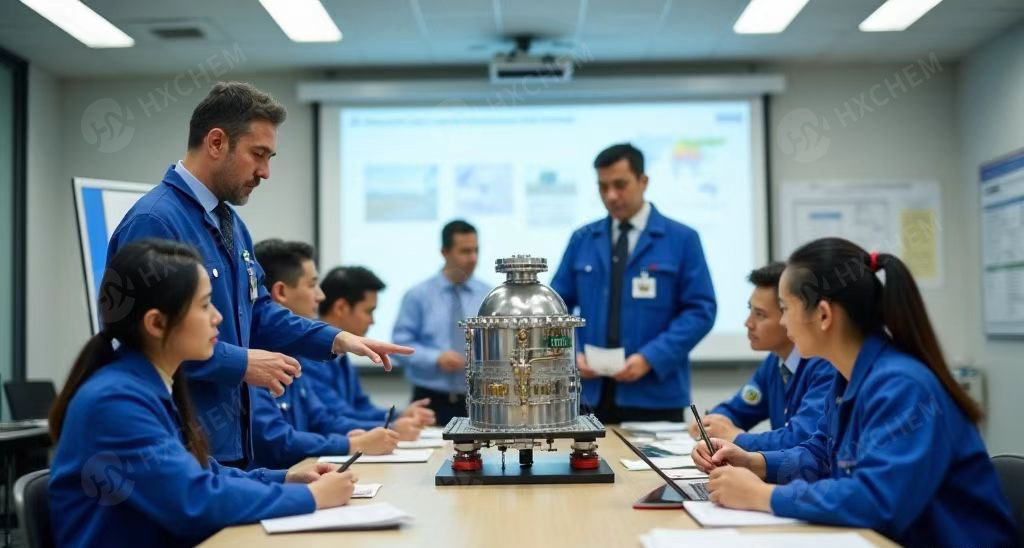
III. Troubleshooting Common Issues
Issue | Root Cause | Preventive Action |
Seal Leakage | Dry running, seal face damage | Monitor flush flow; avoid dry starts |
Corrosion Pitting | Chloride exposure, temp abuse | Validate material grade; control CI⁻ levels |
Agitator Vibration | Imbalance, bearing wear | Dynamic balancing; lubrication schedule |
Lining Failure | Thermal shock, impact damage | Enforce ΔT limits; use soft tools |
Conclusion
Proactive quality control and strict adherence to operational protocols are non-negotiable for reaction vessel safety. Partnering with manufacturers who certify every weld, validate every seal, and document every test ensures regulatory compliance and mitigates operational risks. Invest in training, predictive maintenance, and OEM-recommended spares to maximize asset lifecycle.
Disclaimer: This document provides general guidance. Always consult specific equipment manuals, process engineers, and regulatory bodies (OSHA, EPA) for site-specific protocols.
© [WEIHAI HUIXIN CHEMICAL MACHINERY CO., LTD] 2025. All Rights Reserved.

